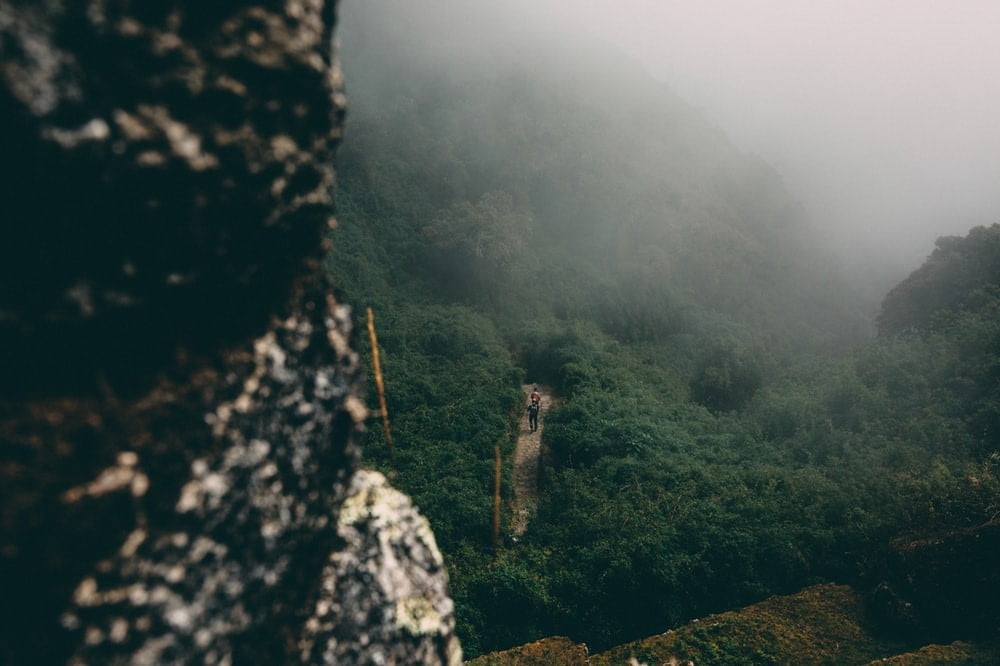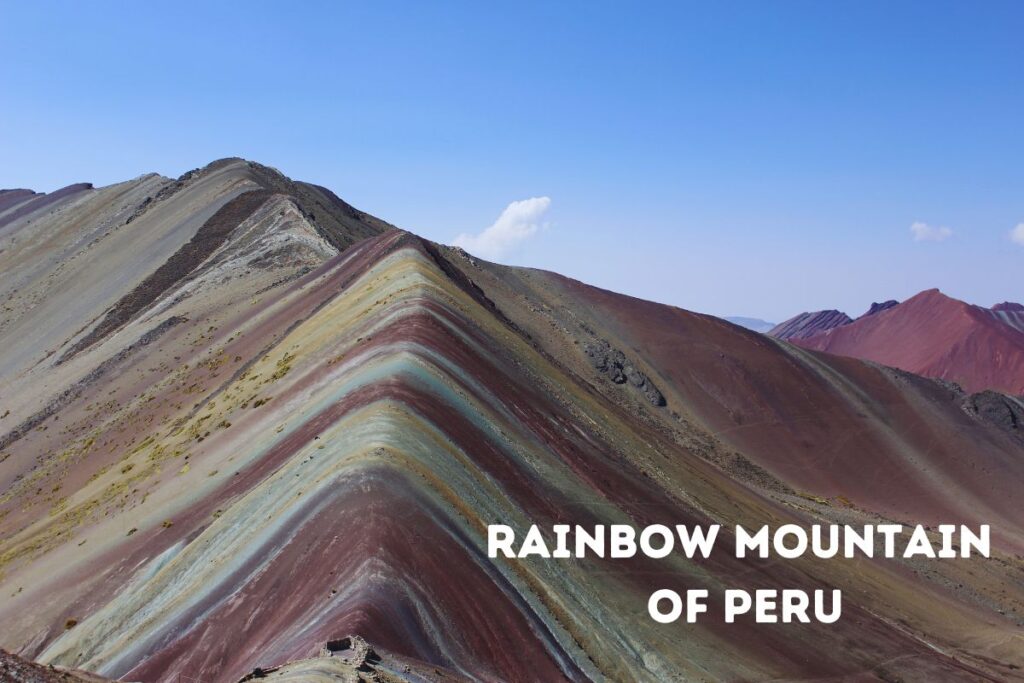The Vilcanota River, also known as the Willkanuta or Urubamba River in its lower sections, is one of the most important rivers in the Cusco region of Peru. This majestic waterway weaves through the Andes, shaping the landscape and cultures along its course. From its origins high in the mountains to its eventual merging into the Amazon basin, the Vilcanota River holds a vital place in Peruvian geography, history, and modern adventure tourism.
Must do Tours
Origin and Course of the Vilcanota River
The Vilcanota River begins its journey at the Ausangate Glacier, located in the Vilcanota mountain range, approximately 90 kilometers southeast of Cusco. Ausangate, the highest peak in the region, feeds this river with glacial meltwater, giving life to a network of streams that converge to form the Vilcanota.
From its glacial source at roughly 5,200 meters above sea level, the river flows northwest, cutting through steep Andean valleys and deep gorges. Along the way, it passes through the towns of Pitumarca, Ocongate, and San Salvador, Pisac, nourishing agricultural lands and supporting vibrant local communities.
As the river descends, it becomes known as the Urubamba River near the town of Urubamba, flowing through the Sacred Valley of the Incas before eventually joining the Ucayali River, a major tributary of the Amazon River, far to the northeast in the Amazon basin.
Meaning Behind the Names: Vilcanota, Wilkamayu, and Urubamba
The river is known by several names along its course, each reflecting the rich linguistic and cultural heritage of the region. Vilcanota comes from the Quechua words “Willka” meaning sacred or divine, and “Nuta” meaning house—together often interpreted as “House of the Sacred” or “Sacred House,” emphasizing the river’s spiritual significance to the indigenous peoples.
In its upper reaches, it is also called Wilkamayu, meaning “Sacred River” in Quechua, underscoring its revered status. As it flows through the Sacred Valley and closer to Machu Picchu, the river is commonly known as the Urubamba River, which some scholars suggest means “Rope of the Spider” or “Spider’s Web” in Quechua, possibly referring to the river’s winding course through the valley. These names reveal how deeply intertwined the river is with local cosmology, culture, and geography.
Historical Significance: From Inca Times to the Colonial Era
The Vilcanota River valley has been a cradle of civilization for centuries. During the Inca Empire, the river was central to the development of one of the most advanced pre-Columbian cultures in the Americas.
- Inca Era: The Sacred Valley, nourished by the Vilcanota/Urubamba River, was a vital agricultural and spiritual center. The Incas engineered sophisticated irrigation systems along the river to support terraces of crops such as maize, potatoes, and quinoa. Cities like Ollantaytambo and Pisac thrived due to their proximity to the river, and the waterway itself served as a transportation route for goods and people.
- The river and its surroundings held sacred importance, with several sites along its banks dedicated to water deities and rituals to ensure the fertility of the land.
- Colonial Period: Following the Spanish conquest in the 16th century, the Vilcanota River valley saw dramatic changes. Spanish settlers exploited the fertile lands, introducing new crops and cattle farming. Indigenous communities were often displaced, and many Inca irrigation systems fell into disrepair.
Despite these upheavals, the river remained a lifeline for local populations, sustaining agriculture and trade throughout the colonial period.
Vilcanota river realated with cosmology
In Inca cosmology, the Wilkamayu River, known today as the Vilcanota, held profound spiritual significance as a terrestrial reflection of the Milky Way, which the Incas called “Mayu” or the celestial river. The Incas believed that the Milky Way was a cosmic river flowing across the night sky, linking the earthly world with the heavens and the underworld. The Wilkamayu was seen as its earthly counterpart, a sacred pathway through which life, energy, and spiritual forces traveled.
This cosmic connection influenced many Inca rituals and agricultural practices, as the river was considered a living embodiment of the celestial flow that sustained the universe. Alignments of temples and ceremonial sites along the river often corresponded to astronomical events tied to the Milky Way, highlighting the integral role the Wilkamayu played in uniting the natural and supernatural worlds in Inca thought.
The Vilcanota River Today: Nature, Culture, and Adventure
Today, the Vilcanota/Urubamba River remains crucial for the people of Cusco and surrounding areas. It supports agriculture, hydroelectric power plants, and increasingly, tourism.
Activities and Sections of the River:
- Sacred Valley and Urubamba Section
The lower section of the Vilcanota River, known as the Urubamba River, flows through the Sacred Valley. This stretch is famous for its archaeological sites, vibrant local markets, and stunning mountain scenery. Visitors can explore the ruins of Pisac, Ollantaytambo, and the salt terraces of Maras, all accessible from the river valley. - White-Water Rafting and Kayaking
The Vilcanota River is a prime destination for adventure sports, especially rafting and kayaking. The river offers varied levels of rapids, ranging from calm stretches suitable for beginners to challenging Class III and IV rapids for experienced rafters. Popular rafting sections include:- Quillabamba to Pongo de Mainique (for expert rafters)
- Urubamba to Santa Teresa (moderate rapids and beautiful landscapes)
- Trekking and Hiking
Alongside the river, numerous trekking routes traverse the region. The famous Inca Trail crosses several tributaries of the Vilcanota, leading adventurers through cloud forests, archaeological sites, and culminating at Machu Picchu. - Ecotourism and Wildlife
The river valley’s diverse ecosystems range from high Andean puna grasslands near the source to lush cloud forests downstream. Birdwatchers and nature enthusiasts can spot species like the Andean condor, spectacled bear, and various orchids along the riverbanks. - Cultural Experiences
The communities along the Vilcanota River maintain traditional Andean lifestyles, weaving, farming, and celebrating festivals rooted in Inca and pre-Inca heritage. Visitors can experience homestays, local markets, and traditional ceremonies that highlight the river’s cultural significance.
Conclusion
The Vilcanota River, also revered as Wilkamayu and Urubamba along its course, is much more than a physical river carving through the Andes—it is a sacred artery that flows through the heart of Peruvian history, culture, and cosmology. From its glacial origins near Ausangate to its winding path through the Sacred Valley, the river has sustained life, inspired spirituality, and shaped civilizations for centuries.
The Incas not only harnessed its waters for agriculture and daily life but also saw it as a divine reflection of the Milky Way, intertwining earthly and celestial realms. Today, the Vilcanota continues to be a source of adventure, cultural richness, and natural beauty, inviting travelers to experience its historical grandeur and breathtaking landscapes firsthand. Whether you seek ancient ruins, thrilling rapids, or immersive cultural encounters, the Vilcanota River remains an unforgettable symbol of Peru’s enduring legacy.
Frequently Asked Questions (FAQs)
1. What is the Vilcanota River also called?
The Vilcanota River is also known as Wilkamayu in its upper sections and Urubamba River in its lower stretches, each name reflecting different cultural and geographical aspects.
2. Where does the Vilcanota River start and end?
It begins near the Ausangate Glacier in the Vilcanota mountain range and eventually flows into the Ucayali River, which is part of the Amazon River system.
3. What was the importance of the Vilcanota River to the Incas?
The river was essential for irrigation, agriculture, transportation, and spiritual rituals. It was also considered a sacred reflection of the Milky Way in Inca cosmology.
4. Can you do rafting on the Vilcanota River?
Yes, the Vilcanota offers several sections with rapids suitable for white-water rafting and kayaking, ranging from moderate to challenging levels.
5. What are some key archaeological sites along the Vilcanota River?
Important Inca sites include Ollantaytambo, Pisac, and the terraces and ceremonial centers throughout the Sacred Valley.
6. What kind of wildlife can be seen near the Vilcanota River?
The river valley hosts diverse ecosystems where you may encounter Andean condors, spectacled bears, llamas, alpacas, and a variety of native bird species.
7. How is the Vilcanota River linked to the Milky Way?
The Incas believed the Wilkamayu was an earthly counterpart to the Milky Way, symbolizing the connection between the cosmos and the natural world, which influenced their spiritual and agricultural practices.
8. What cultural experiences can tourists expect along the Vilcanota River?
Visitors can engage with traditional Andean communities, participate in local festivals, explore markets, and learn about ancient customs still alive in the region.
I am Carlos, founder of Machu Picchu Soul, a local tour operator and travel agency based in Cusco, Peru. My journey in tourism began as a porter on the iconic Inca Trail, where I developed a deep connection with the land and its history. After years of dedication, I became a professional tour guide, honing my skills to deliver exceptional experiences. With over 15 years of expertise, I decided to establish Machu Picchu Soul to combine my passion for authentic travel with a commitment to supporting local communities and creating unforgettable adventures for our guests.




